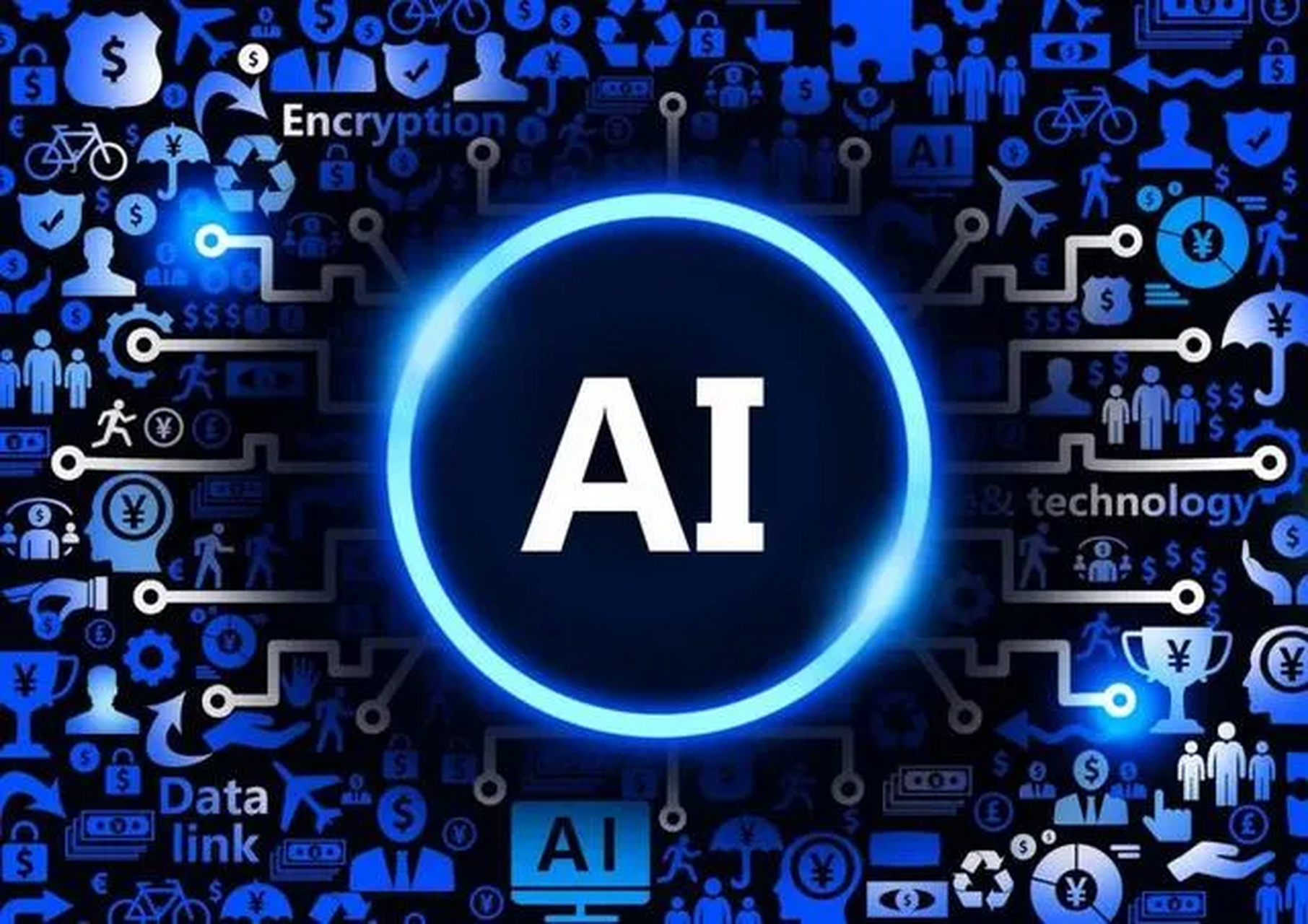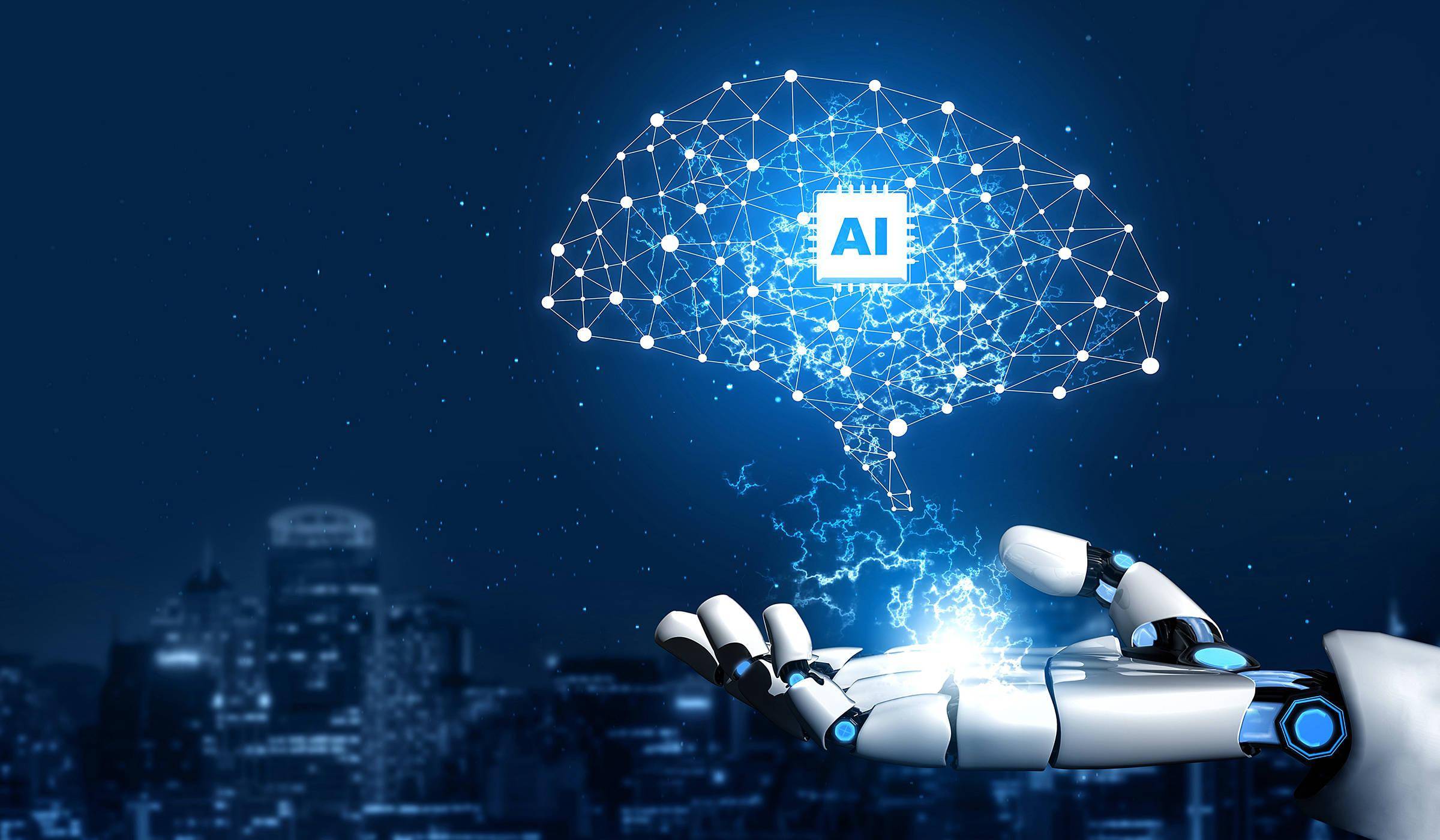Dot Copilot——AI agent,change your life.
Dot Copilot, as a multifunctional AI agent, demonstrates the practical value of modern AI in personal and professional contexts. Below is a detailed breakdown of its core functionalities and potential evolution:
1. Core Functionalities
AI Message Response
- Scenarios: Auto-reply to emails, chats (e.g., WeChat/Teams/Slack), prioritize urgent tasks, and generate contextual responses.
- Technology: NLP models (e.g., GPT-like architectures) with contextual understanding and multilingual sentiment analysis.
- Advantage: Reduces information overload and boosts communication efficiency (e.g., auto-confirming meeting invitations).
AI Translation
- Use Cases: Real-time cross-language communication, document translation (PDF/PPT), and subtitle generation.
- Tech Highlights: Neural Machine Translation (NMT) with domain adaptation (e.g., legal/medical terminology databases).
- Performance: Achieves <3% error rate in real-time meeting translations (comparable to DeepL).
AI Expense Management
- Workflow:
- OCR Recognition: Scans receipts/invoices (supports 50+ formats).
- Auto-Categorization: ML-based classification (e.g., food/transport).
- Budget Alerts: Analyzes spending patterns and triggers warnings (e.g., "Monthly coffee expenses exceed 20%").
- Integration: Syncs with banking APIs or payment platforms (Alipay/WeChat Pay).
AI Office Assistance
- Document Processing: Auto-generates meeting notes (speech-to-text + key decision extraction), contract clause comparison.
- Schedule Management: Cross-platform (Outlook/Google Calendar) conflict detection and smart time allocation.
- Data Analysis: Cleans Excel/Power BI datasets and auto-generates visualizations (e.g., sales trend forecasts).
2. Technical Architecture (Hypothetical)
- Modular Design: Microservices architecture for decoupled functionalities (e.g., translation vs. finance modules).
- Hybrid Models: Combines rule engines (e.g., expense categorization rules) with deep learning (e.g., semantic analysis).
- Privacy Protection: Local processing of sensitive data (e.g., spending records); only anonymized data is cloud-synced.
3. Competitive Advantages
| Feature | Dot Copilot | Competitors (e.g., Notion AI/ChatGPT Plugins) |
|--------------------|-------------------------------------|--------------------------------------------------|
| Specialization | Deep integration for work-life management | Generic solutions requiring manual workflows |
| Data Synergy | Cross-functional data linking (e.g., translated contracts → expense tracking) | Data silos across tools |
| Response Speed | Edge computing reduces latency (<200ms) | Cloud-dependent APIs (500ms-1s latency) |
4. User Recommendations
- Advanced Usage:
- Custom Workflows: Create "Business Trip Mode" linking translation → reimbursement → calendar updates.
- Privacy Sandbox: Apply differential privacy techniques for financial data.
- Hardware Integration: Develop physical devices (e.g., smart earbuds) for offline voice commands.
5. Future Directions
- Cognitive Enhancement:
- Memory Networks: Track long-term user habits (e.g., seasonal spending trends).
- Personalized Models: Adapt response tones (formal/casual) to user preferences.
- Multimodal Upgrades:
- AR Visual Aid: Scan product prices via smartphone camera for auto-expense logging.
- Voice Cloning: Mimic user voices for automated calls (requires compliance checks).
6. Risks and Considerations
- Over-Reliance: May erode manual skills (e.g., expense verification).
- Security Vulnerabilities: Potential leaks of sensitive data (e.g., chat logs, spending history).
- Ethical Issues: Should AI-generated replies be labeled (e.g., in business negotiations)?
Dot Copilot represents the evolution of AI agents from "single-task tools" to "life operating systems." With advancements in federated learning and edge AI chips, it could become the central hub of personal digital ecosystems. Users can maximize its value through regular updates and active feedback participation.


